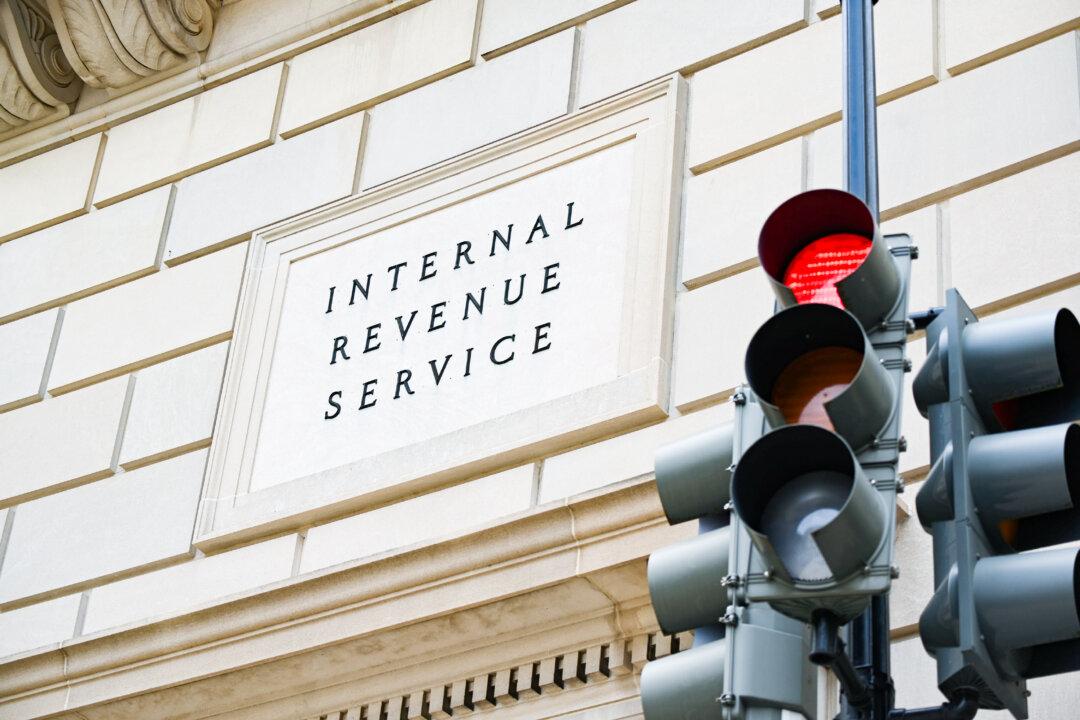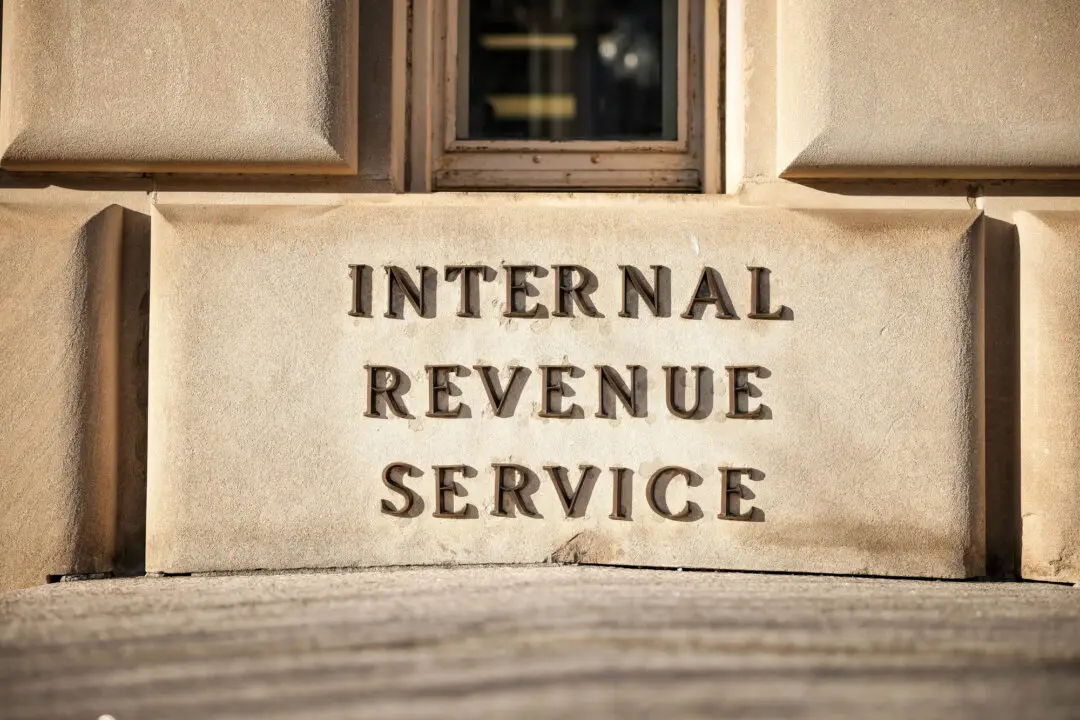The Internal Revenue Service (IRS) is asking states for assistance with test-driving a new electronic free-file tax return system that will help the tax agency decide whether to press ahead with a more permanent program that could include support for filing both federal and state tax returns.
The IRS in May announced plans to carry out a limited test pilot in 2024 for what is shaping up to be a free IRS-run electronic tax filing system, commonly known as “Direct File.”





